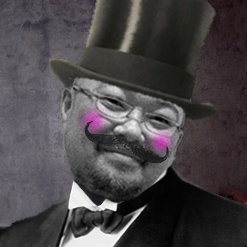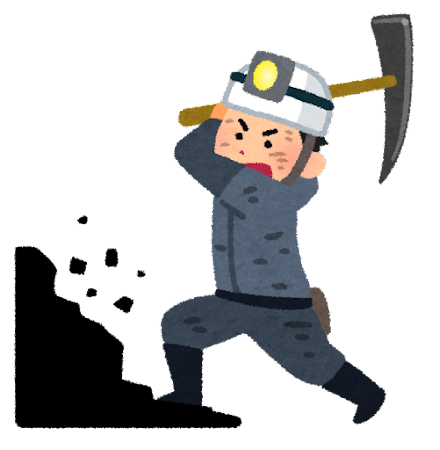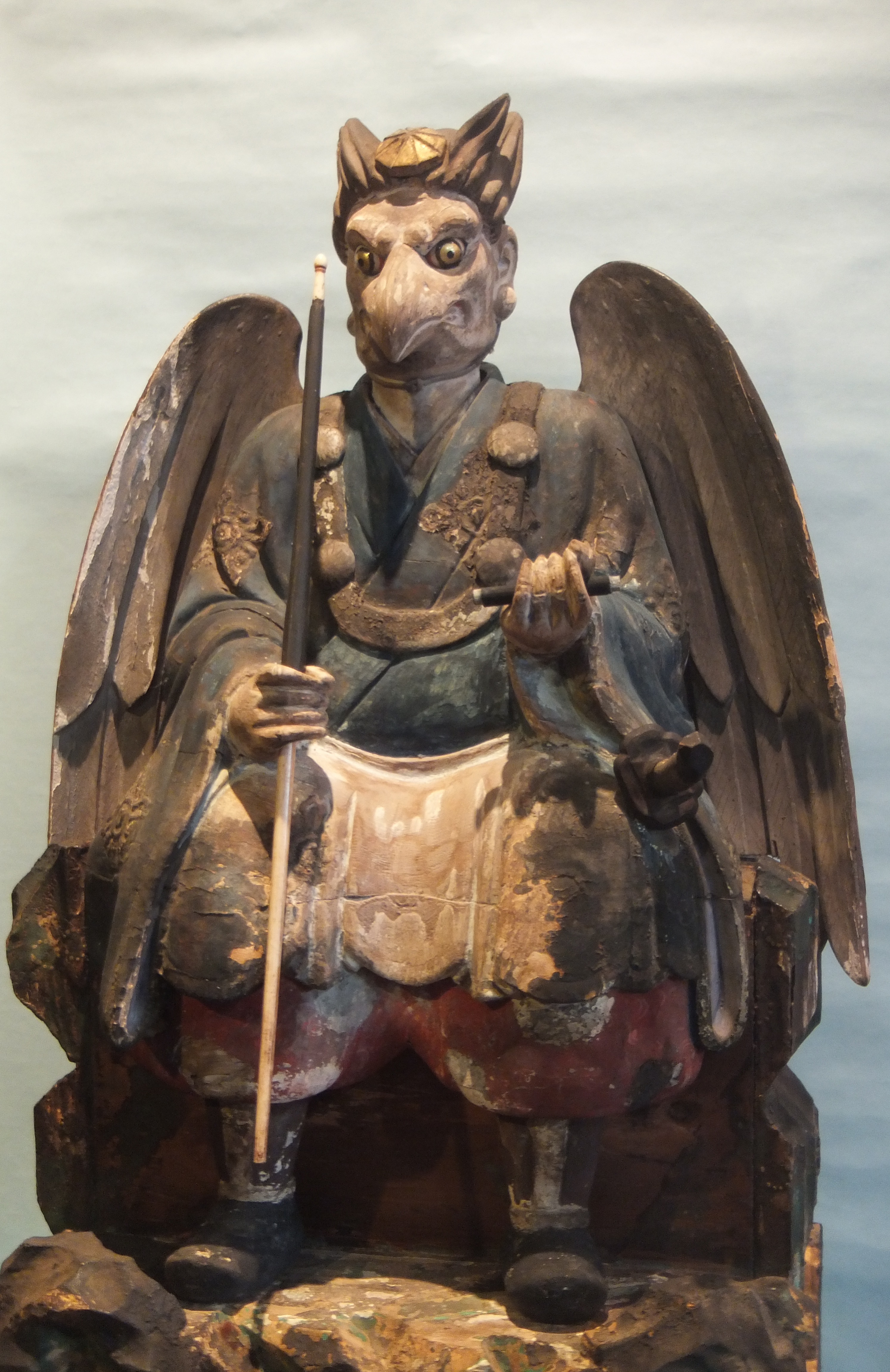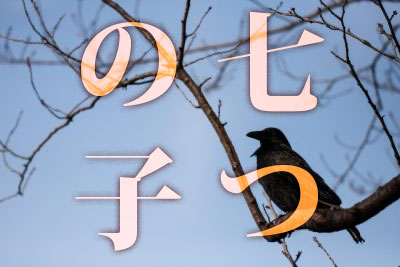Nanatsu no ko
Karasu naze nakuno
Karasu wa yama ni
Kawaii nanatsu no
Ko ga aru karayoKawaii, Kawaii to
Karasu wa naku no
Kawaii, Kawaii to
Naku n dayoYama no furusu e
Itte mite goran
Marui me o shita
Iiko dayoLyricist:NOGUCHI Ujyou
Composer:MOTOORI Nagayo
in 1921
Seven children
Why is the crow ringing?
Because crows are waiting for
Seven cute children in the mountains.
Crows sound “cute” and “cute”.
It sounds “cute” “cute” over and over again.
Let’s go to the old nest in the mountain.
Cute kids with round eyes.

“Nanatsu no ko” is one of Japan’s most familiar children’s songs.
It is also well known as music played by local authorities to encourage children playing outside to return home in the evening.
The song depicts the universal love between parents and their children through the image of parent crows that descend to the village in search of food for their chicks waiting in the nest in the mountains. Notably, the song portrays crows, often seen as pests, as affectionate parent birds. This perspective, which sympathetically captures the fact that crows have parenting feelings no different from humans, is a significant reason for the work’s great popularity.

The original Japanese title is “Nanatsu no ko,” and there has been controversy over whether this is “seven children” or “seven-year-old children.
The prevailing theory was that a seven-year-old should already be an adult bird as a raven, so why not seven children? The prevailing theory was that “seven-year-olds” should have already reached maturity as crows, so why not use the title “seven children”? Wouldn’t that be more natural? There was an objection that “seven children” would be more natural. It is also said that crows do not raise as many as seven chicks at a time. This led to the theory that “raven” was a metaphor. The lyricist, Noguchi, was the first to suggest that the word “crow” was a metaphor. The lyricist, NOGUCHI Ujyou, was separated from his mother when he was 7 years old. Another theory is that Ujyou was born and raised in Kitaibaraki City, which used to be a prosperous coal-mining town, and the miners who worked in the dust were called “crows,” so he sang about them working for their families.

On the other hand, Ujyou, who could not adapt to his political marriage, took custody of his two children after the divorce. However, as the children cried every night longing for their mother, he decided to return them to her. It is said that he expressed his torn feelings as a father in a song during that time.
Incidentally, crows in Japan were often regarded as sacred birds. Yatagarasu, the symbol of the Japan Football Association, is a three-legged raven that is said to have guided Emperor Jinmu, the founder of Japan. In the Shugendo sect, which originated from mountain worship, the crow has also been regarded as a messenger of the gods.Crows also play an important role in the anime “Kimetsu no yaiba.

WolfgangMichel – 投稿者自身による著作物, CC 表示 3.0, リンクによる
Karasu-no-nureba-iro,” used to describe a woman’s beautiful black hair, refers to the deep, glossy, dark purple color of a crow’s wet feathers.




コメント